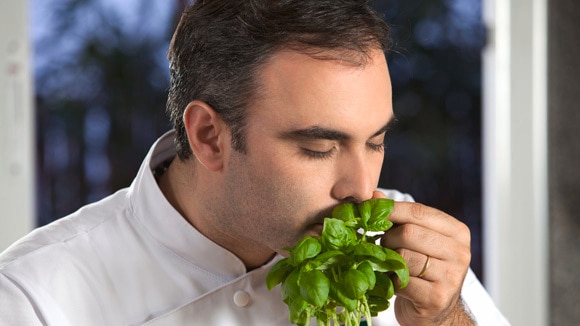Written in partnership with Donald W. Schaffner, Ph. D. Department of Food Science at Rutgers, The State University of New Jersey
Ash, C., Priest, F.G., Collins, M.D., 1993. Molecular identification of rRNA group 3 bacilli (Ash, Farrow, Wallbanks and Collins) using a PCR probe test. Antonie van Leeuwenhoek. 64, 253-260.
Beattie, S.H., Williams, A.G., 1999. Detection of toxigenic strains of Bacillus cereus and other Bacillus spp. with an improved cytotoxicity assay. Letters in Applied Microbiology. 28, 221-225.
Behrsing, J., Jaeger, J., Horlock, F., Kita, N., Franz, P., Premier, R., 2003. Survival of Listeria innocua, Salmonella salford and Escherichia coli on the surface of fruit with inedible skins. Postharvest Biology and Technology. 29, 249-256.
Centers for Disease Control and Prevention, 2021. National Outbreak Reporting System (NORS). https://wwwn.cdc.gov/norsdashboard/ (accessed July 5, 2021).
Sarkar, S., Shilpa, P., Girisham, S., Reddy, S., 2011. Incidence of toxigenic fungi in rotting fruits of banana. BioTechnology: An Indian Journal. 5, 1-4.




